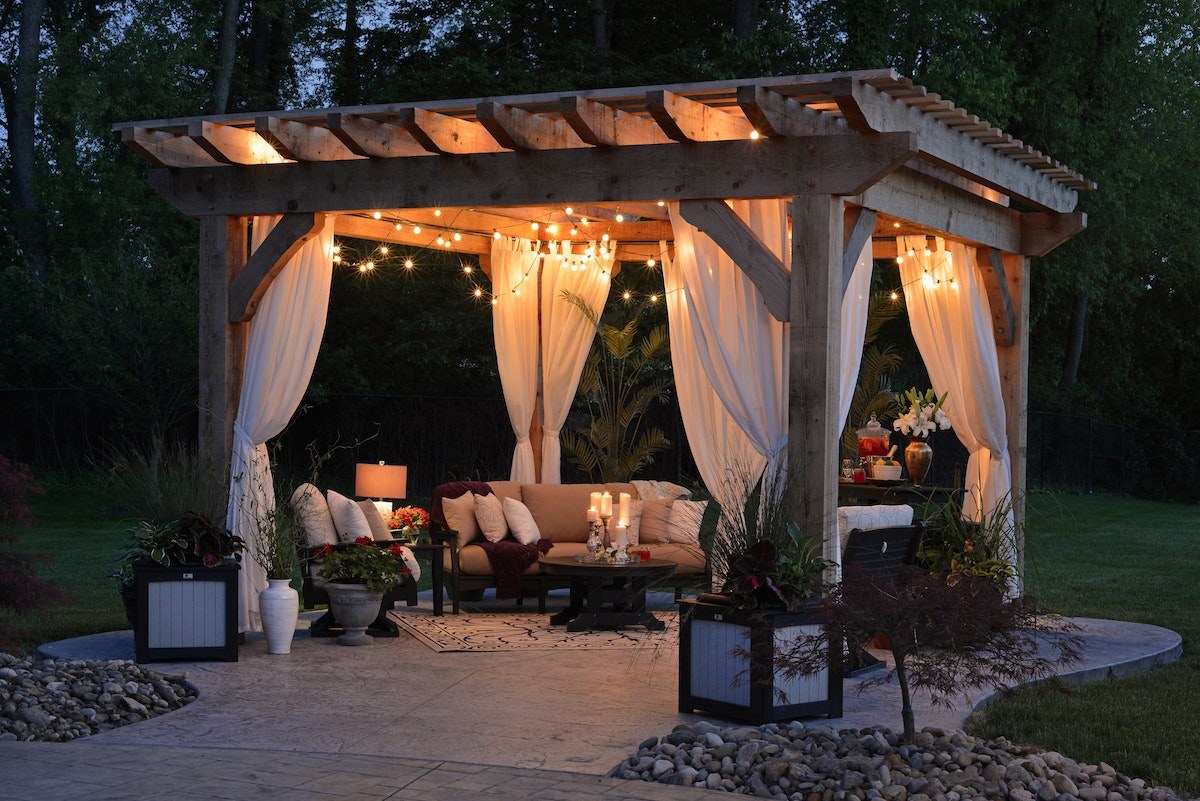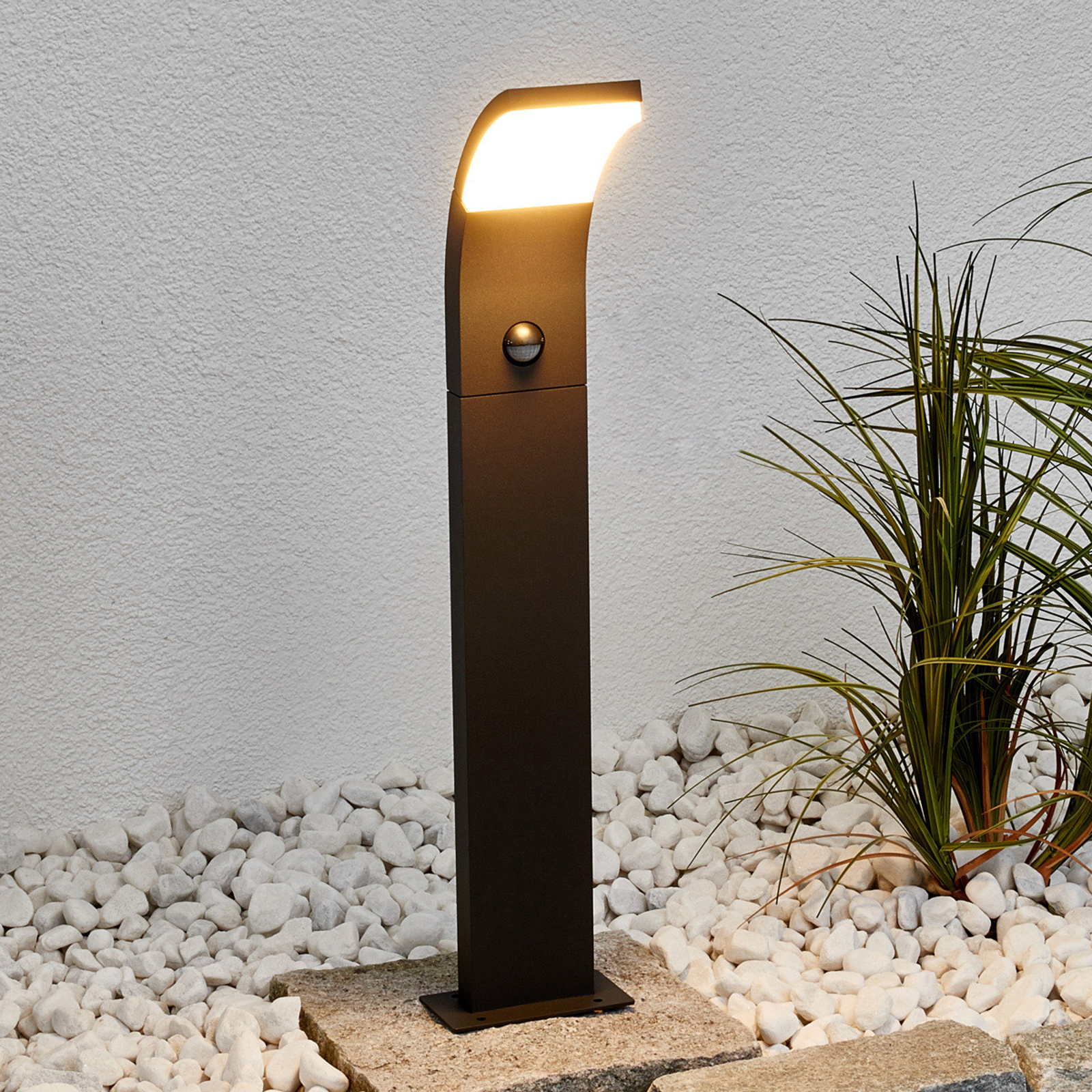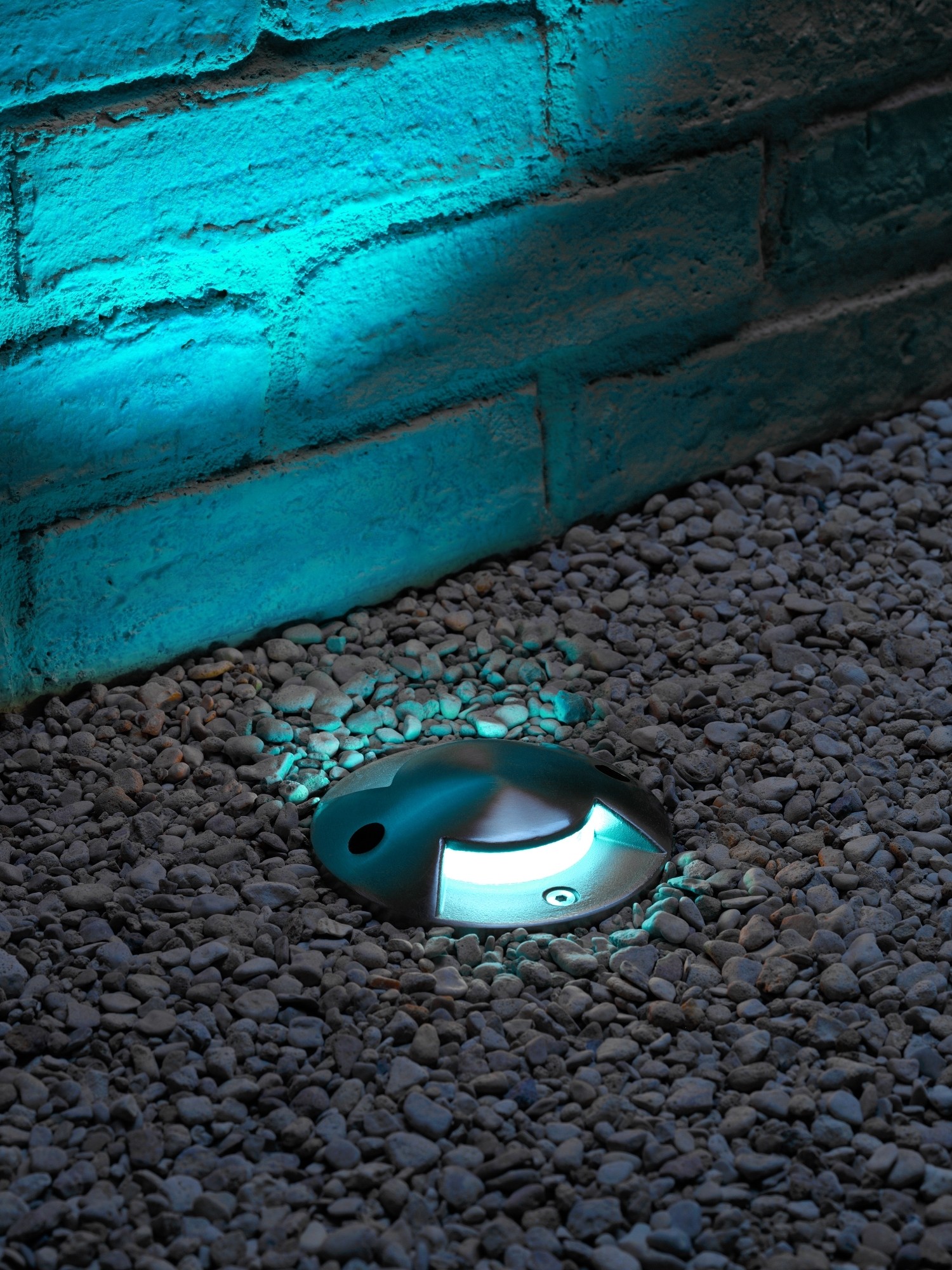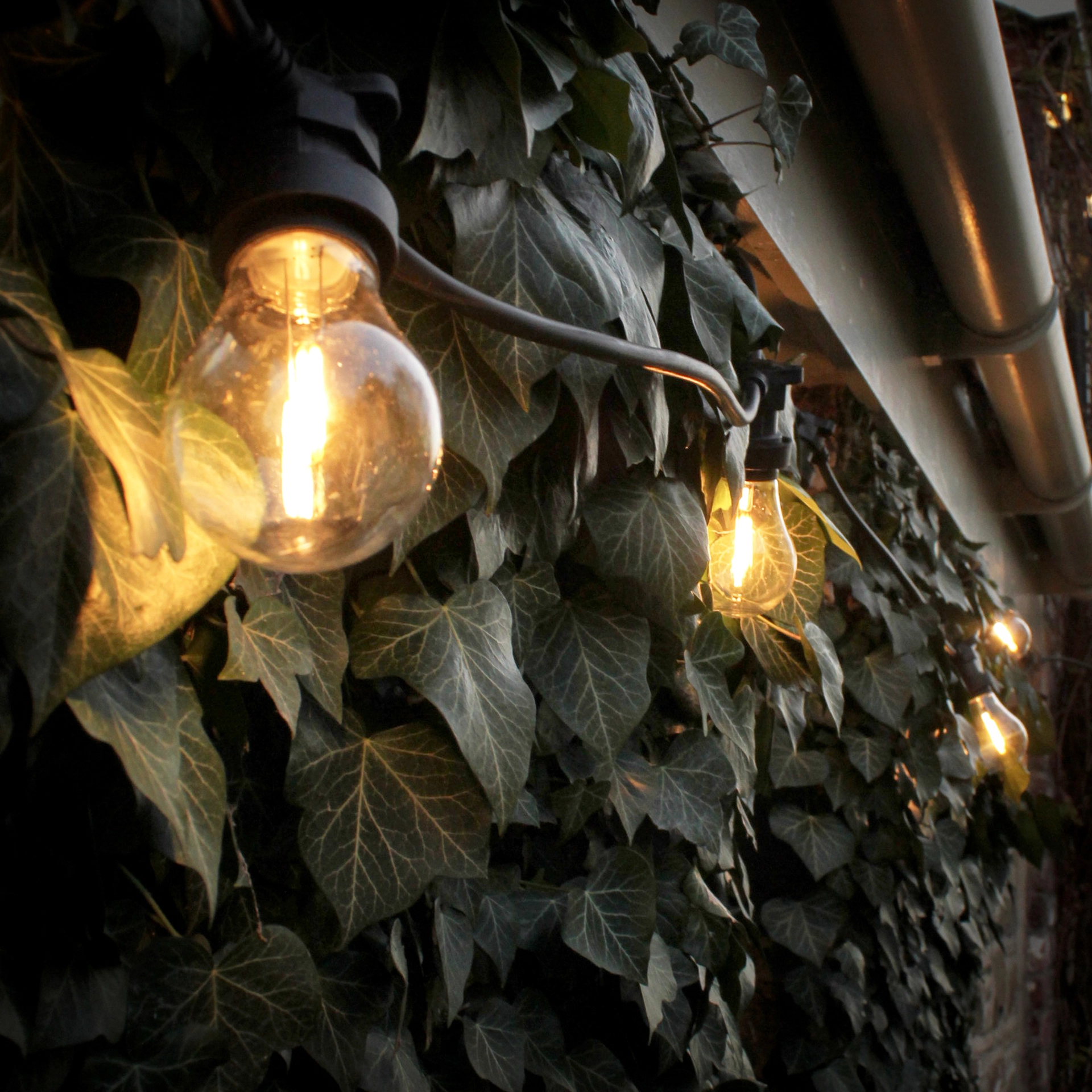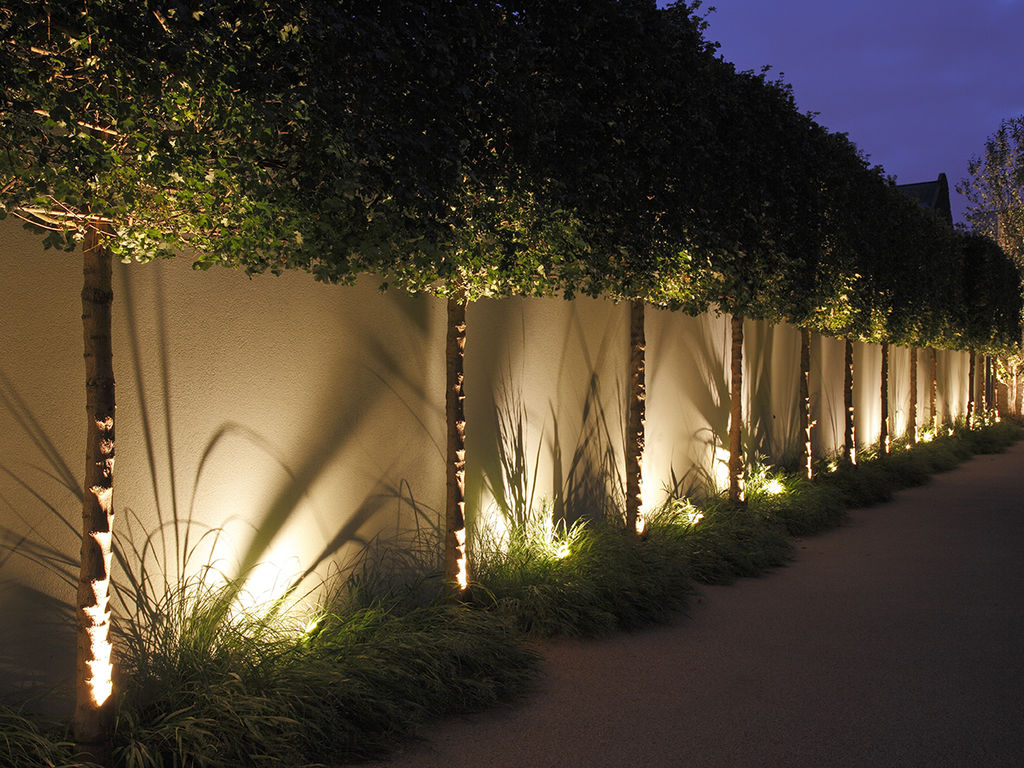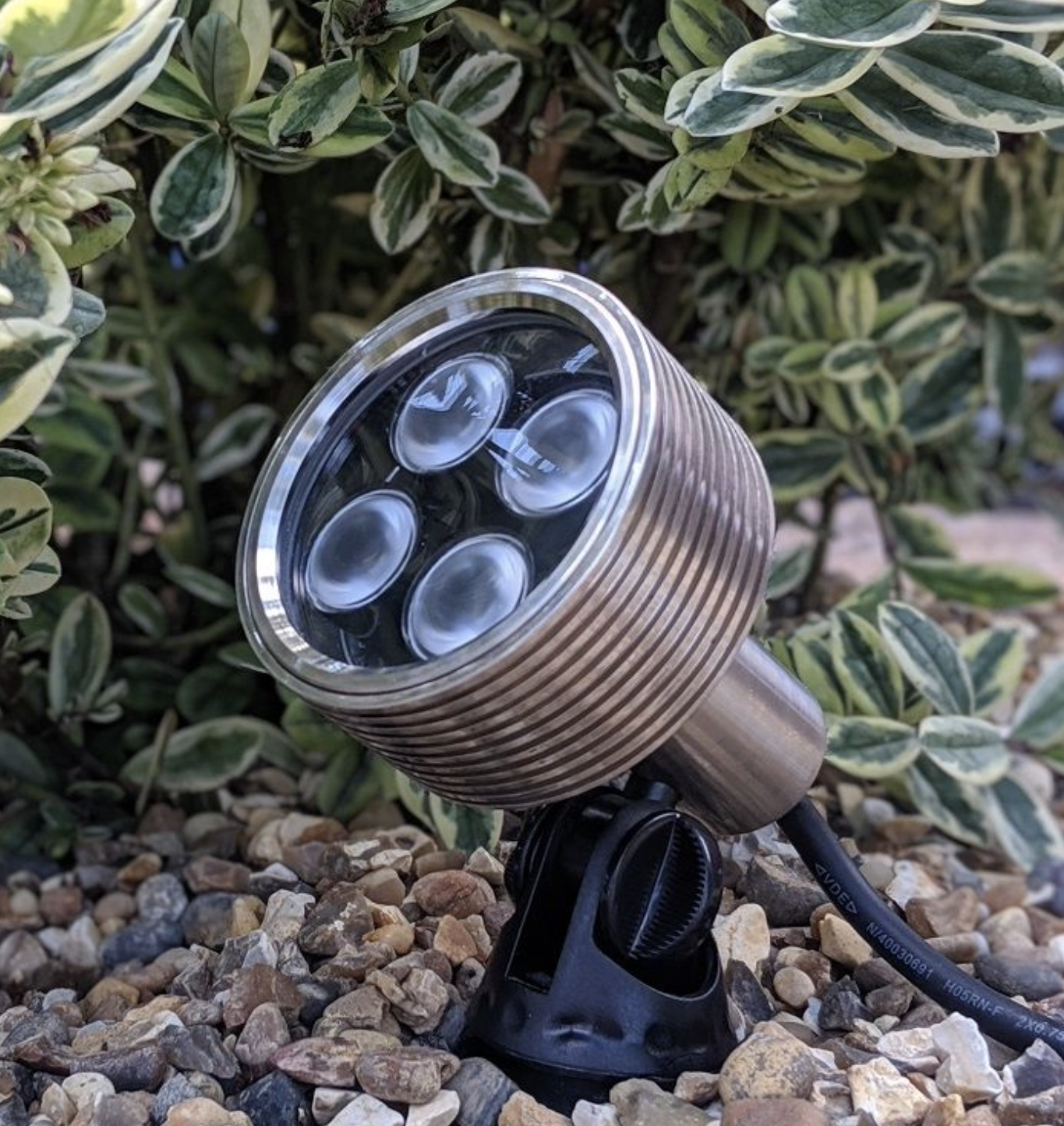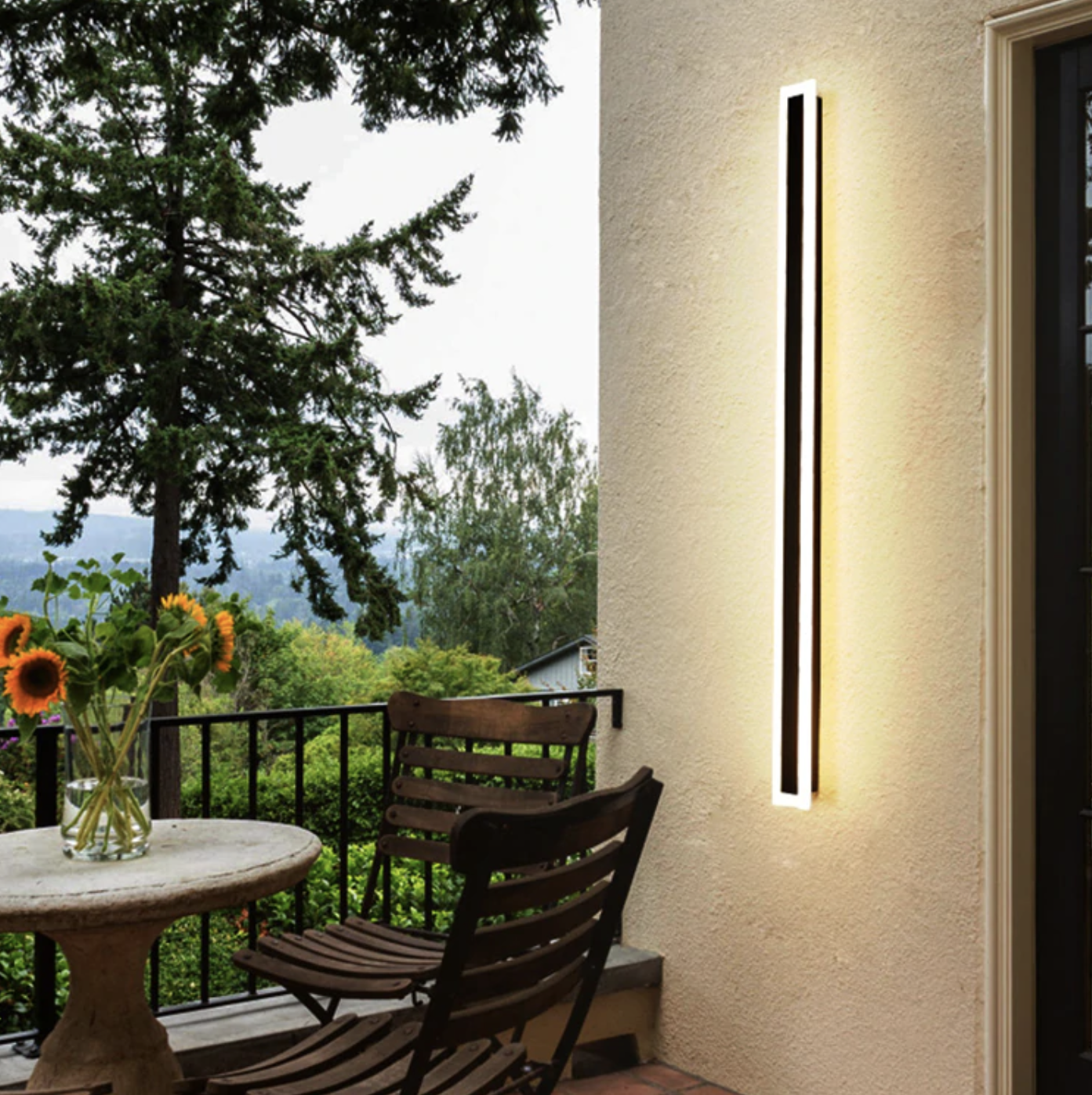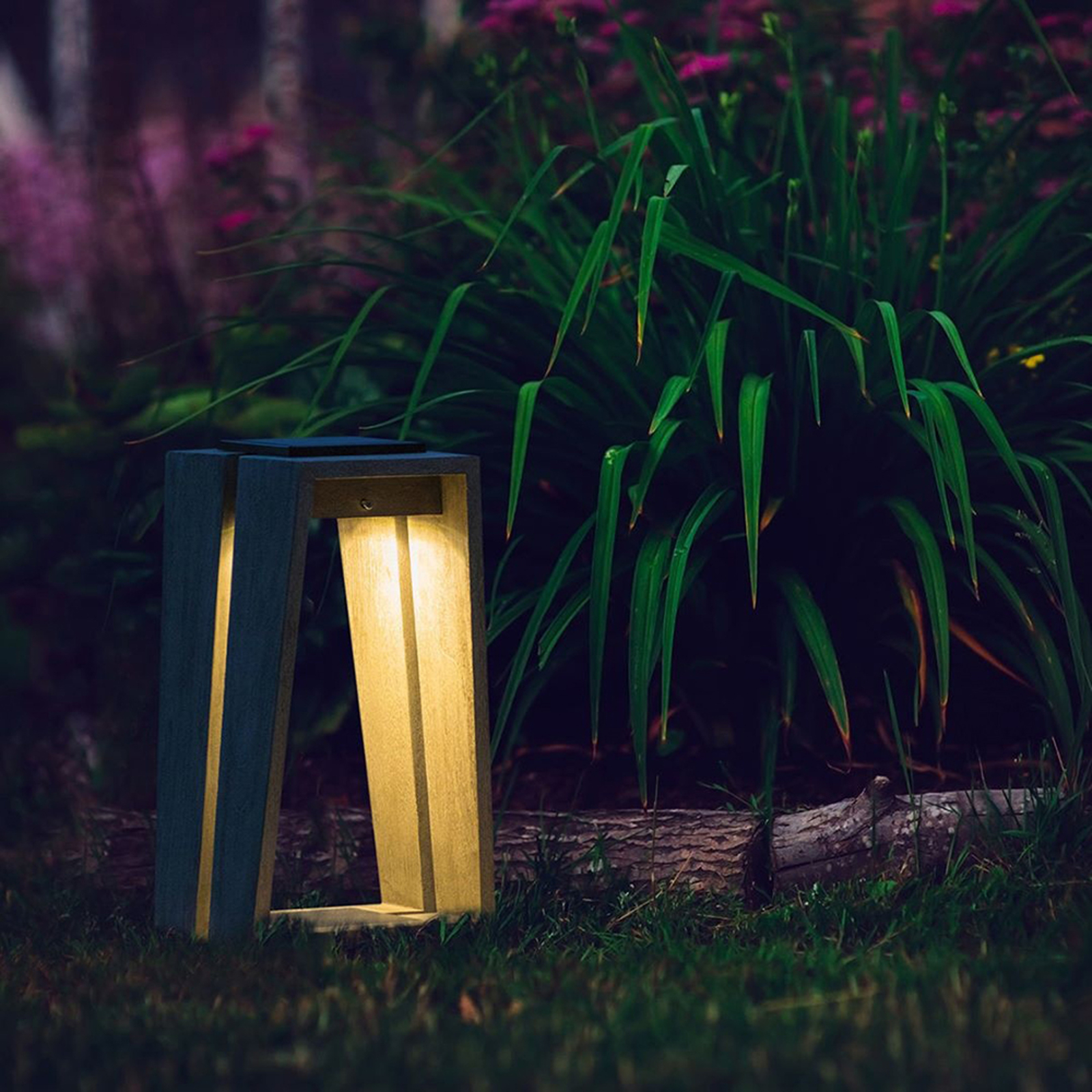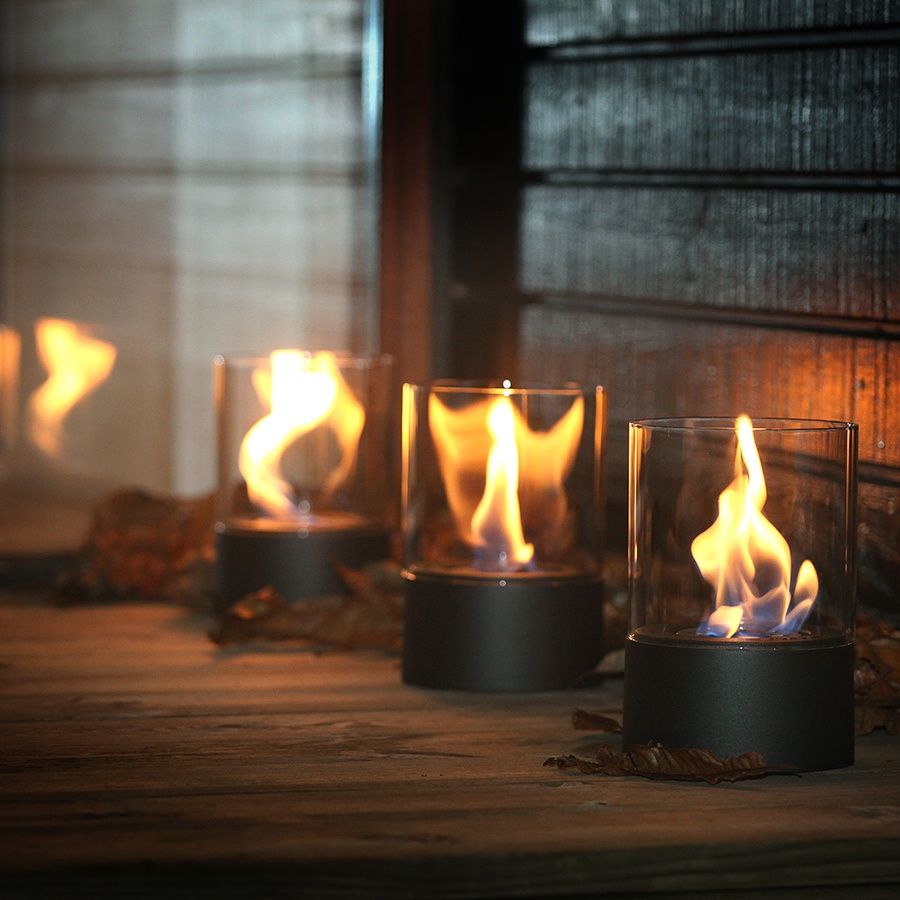A good outdoor lighting scheme will have a dramatic impact on your garden. Not only will it increase visibility when the sun goes down but it can also create an ambience that will extend the time you can spend outside. However, it takes planning and a little product research to get it right.
More time in the garden though, means more time enjoying your Lazy Susan Garden Tables, and this is a subject we looked at in detail last summer in our Guide to Garden Lighting post. That was quite an extensive post, so we were keen to follow it up with more of a brief overview, focus on the key to getting it right, and suggest a few new products.
Much like Garden Furniture, the UK Outdoor Lighting market has made significant strides in the last decade or so. Take solar lighting, for example, the quality of both the units and the light they emit has improved dramatically in recent years.
So this is our guide to how you can achieve good outdoor lighting in your garden and keep that family get together rolling long into the evening this summer.
Why use outdoor lighting in your garden?
The 4 main reasons to install outdoor lighting are as follows:
- Ambience
Good outdoor lighting will help to create a relaxing and even warming ambience when the sun goes down, which is great if you like to entertain. Pair with a heat source such as a fire pit, maybe a few outdoor blankets, and you’ve got a patio you can use long into the evening (and seasons) when the temperature dips. - Illumination
You can use it to light up dark corners of your garden for both security and convenience, to alert you if someone is in your garden, or to illuminate say a bin area for when you need to pop out at night. - Safety
Following on from the point above, outdoor lighting is also essential for safety purposes. You can use it to illuminate pathways and any steps in your garden so you and your family/friends can move around safely. - Visual Impact
Lastly, and the less obvious of the 4, is to create visual impact. You can highlight design features in your garden such as the patio area, a water feature, garden art such as a sculpture, pergola, and feature planting such as a large tree for example.
How do you light your garden?
There are 3 main outdoor lighting techniques you can use in your garden to achieve the above are:
- Ambient Outdoor Lighting
Most of the time we spend in our gardens is during daylight hours, and more specifically when the sun is shining. However, good outdoor lighting can bring your garden to life in the evening too. Illuminating your garden table with festoon lighting for example will create a nice warm glow that will enable you to sit long after the sun sets and ensure the space is safe to move around. - Functional Outdoor Lighting
Functional lighting’s primary focus is to ensure we can perform tasks safely. For example, that could be the aforementioned security/safety lighting or it could serve another purpose such as to illuminate your Lazy Susan Cozze Pizza Oven or outdoor grill area. - Accent Outdoor Lighting
We utilise accent lighting inside our homes to illuminate key features when we don’t want the ‘big light’ on. A great example of this is the downlighter’s under kitchen wall units onto the countertop. The same principle applies to our outside space. Use it to create that visual impact we mentioned in the previous section and highlight key architectural or design features.
Outdoor lighting design fundamentals
There are a number of design principles we utilise at Lazy Susan to ensure a good (and by good we mean functional and nice to look at) outdoor lighting scheme.
Outdoor lighting doesn’t need to be complicated in terms of the lights themselves, where you put them, and the type of installation. Simple is best, think less is more!
When thinking about what to install and where, think of the three main types of lighting - Ambiance, Function & Accent - and they will help you formulate a plan/design the lighting scheme for your garden.
When it starts to get dark in the evening, sometimes it’s nice if you can stay out a little longer. A well-designed lighting scheme should give you options.
In other words, if you wanted to use the BBQ or Pizza Oven, then you will need some functional lighting in that area. However, if you want to relax on your patio with a drink, then you want that off and a little more in the way of ambient. Maybe consider dimmable/changeable if you do want to combine function and ambience?
From a functional point of view, it is important that you can move around the space safely. And we are not talking floodlights here, just something soft and subtle that keeps the space relaxed but with just enough light to see any steps, pathways, etc, and helps you to do what you want to do, safely.
For example, if you place low-level lighting such as the beautiful contemporary Timm pillar style post lights from Lucande on Lights.co.uk (pictured above) or the Auraglow Recessed Lights (below), which are anti-dazzle and colour changing, along a pathway, it will illuminate the way but the light is pointed down and soft/diffused.
Also placing outdoor spotlights in and around any planting is a great way to gently illuminate. The spotlights can be angled so they don’t point at your home or patio, while the plants will help to diffuse the light and the shadows cast will add impact.
In terms of lighting for purely ambient purposes, then you want lights that are less about function and all about the look they create. This is what will make you want to stay and relax in your garden when the sun goes down.
One of the best examples of this type of lighting is the rope-style/festoon lighting such as the Pro Series Connectable Festoon Lights (above) from Ultra LEDs. Pair them with a soft white bulb and you have the perfect effect for relaxing and partying.
You can also create a nice soft glow around trees and foliage with spike-style lighting as shown with the Hampton 40 Spike Floodlight from John Cullen (below).
Ambient lights can be used as accent lighting to illuminate elements in your garden such as a water feature or large tree. However, we like to think of them as a separate part of the overall scheme. The ambient lighting is for time spent in the garden, for us, accent lighting is more about how it looks at night from the inside of your home.
Examples of this type of light would include uplights/spotlights such as the Elipta Warm White Spotlight from Lighting For Gardens (above) pointed at those key features or the stunning wall-mounted lights from The Outerior (below) that can bring even a boring brick wall to life in the evening.
Outdoor lighting doesn’t always need electricity too. Solar-powered such as the Skaal LED Solar Lantern from Lights.co.uk (below) is one example of how this market is evolving at rapid pace. I think this is the most expensive light mentioned in this article but it is probably the most striking too from a design perspective.
However, you can also add light with flames from outdoor candles, lanterns, etc. This is one way to really up the atmosphere and the Morsø BEL Bio-Ethanol Lamp (below) gets our vote.
IP Ratings for Outdoor Lighting
We covered IP ratings in detail in our Guide to Garden Lighting post, so we won’t go into too much detail here. If you are buying outdoor lights, you need to make sure you know what IP rating they have.
IP is the ‘Ingress Protection’ rating, so basically how much water and dirt can get into the unit/how sealed it it. At the highest rating, you would have an underwater pool or pond light for example. Purchase for purpose and below are the common ratings in the UK:
- IP43 = Sheltered outdoor areas such as a wall with overhanging roof or garden shed.
- IP44 = Exposed outdoor areas that are open to the elements such as a wall or pergola
- IP65 = Exposed outdoor areas that are open to heavy rain such as a path/deck.
- IP67 = Submerged in shallow water such as a garden pond or water feature.
- IP68 = Submerged in deep water deeper than 1 metre such as a lake pool.
Take precautions if you plan on doing a DIY install
If you choose to install your outdoor lighting yourself, then make sure you do so safely and in accordance with regulations. However, if you’re not a qualified electrician, then our advice is to always hire a professional if any hard wiring is needed.
If cost is an issue, then solar-powered is safe and easy to self-install or look for the systems/kits that are 'plug and play' as they're easy (and much safer) to install.
You should never take risks with electrical safety. You might think it's as simple as fixing a few wires, but a qualified electrician will both install and test your outdoor lighting, plus they can offer their expert opinion on the lighting scheme itself and how to best achieve the effects you want if needed.
The key to getting the right type of light is to think about how you use the garden. Look for lighting that enhances the space and creates architectural interest. You may think you can use the space with just ambient lighting, go with what works for you. Alternatively, install different lights for different functions in different zones of the garden so you have greater control.
Good outdoor lighting should make the space safe to use, create the right ambience and (maybe most importantly) make the space look good from inside and outside your home.




